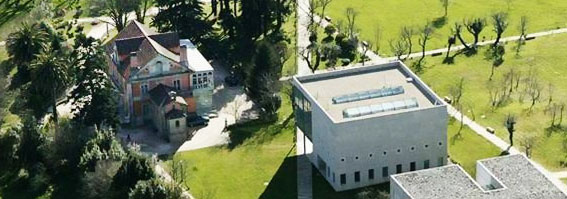The University of Santiago

The University of Santiago de Compostela has been the cornerstone of the city’s and the autonomous region’s education for more than 500 years. Its foundation goes back to 1495, the date when Lope de Marzoa opened the so-called “Estudio Viejo” (Old Study) or “Estudio de Gramática” (Grammar Study) in the Monastery of San Paio de Antealtares. After merging with the Colegio de Santiago Alfeo, founded by Archbishop Fonseca, its first statutes were approved in 1555.
Since then, the University –which originally consisted of the chairs of Art and Theology- has extended its educational field to the more than 60 degrees that are currently imparted in 32 faculties, schools and institutionslocated throughout the campuses of Santiago and Lugo.
The USC’s facilities –which also include research institutes, university residences, sports grounds, cultural venues and libraries, among other buildings- now occupy an area of 1,300,000 square metres and house 33,000 students, more than 2,000 lecturers and researchers, and 1,000 employees.
The University is also active as a cultural programmer, organising around a hundred annual events featuring exhibitions, theatre, dance and cinema.
Centro de Estudios Avanzados de la USC
The University of Santiago de Compostela created in 2001 the Centro de Estudos Advanced-House of Europe based in the buildings ceded by the Consortium of Santiago de Compostela in the Park Vista Alegre.
Functions Advanced Studies Center:
Serve as a link between the scientific community.
Encourage and promote interdisciplinary activity.
Being a preferred space for reflection on the role of the university.
Be the reference point for the scientific community college disclosed in society the state of the science, technology, humanities and arts and respond to their more immediate concerns.


 English
English